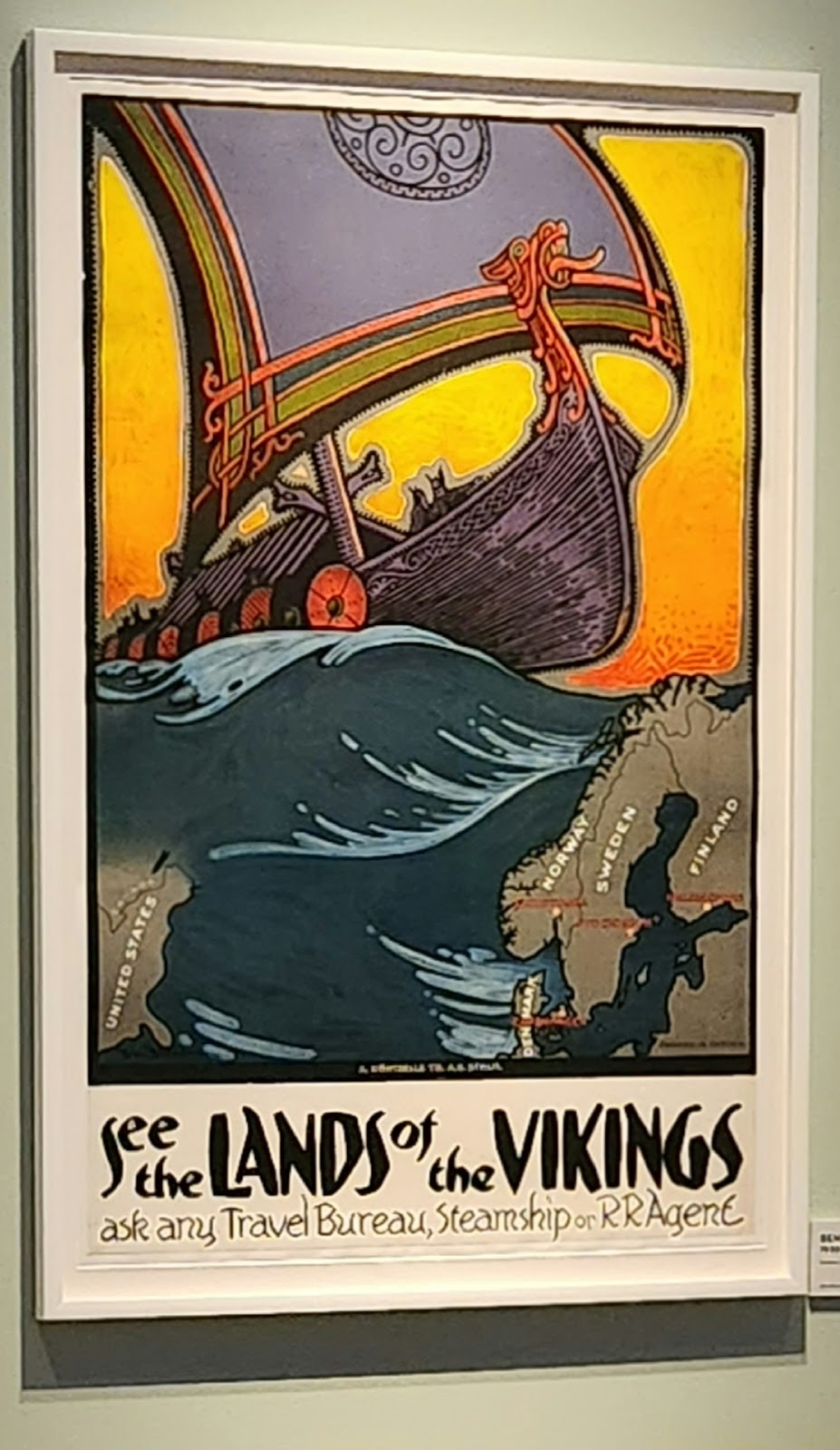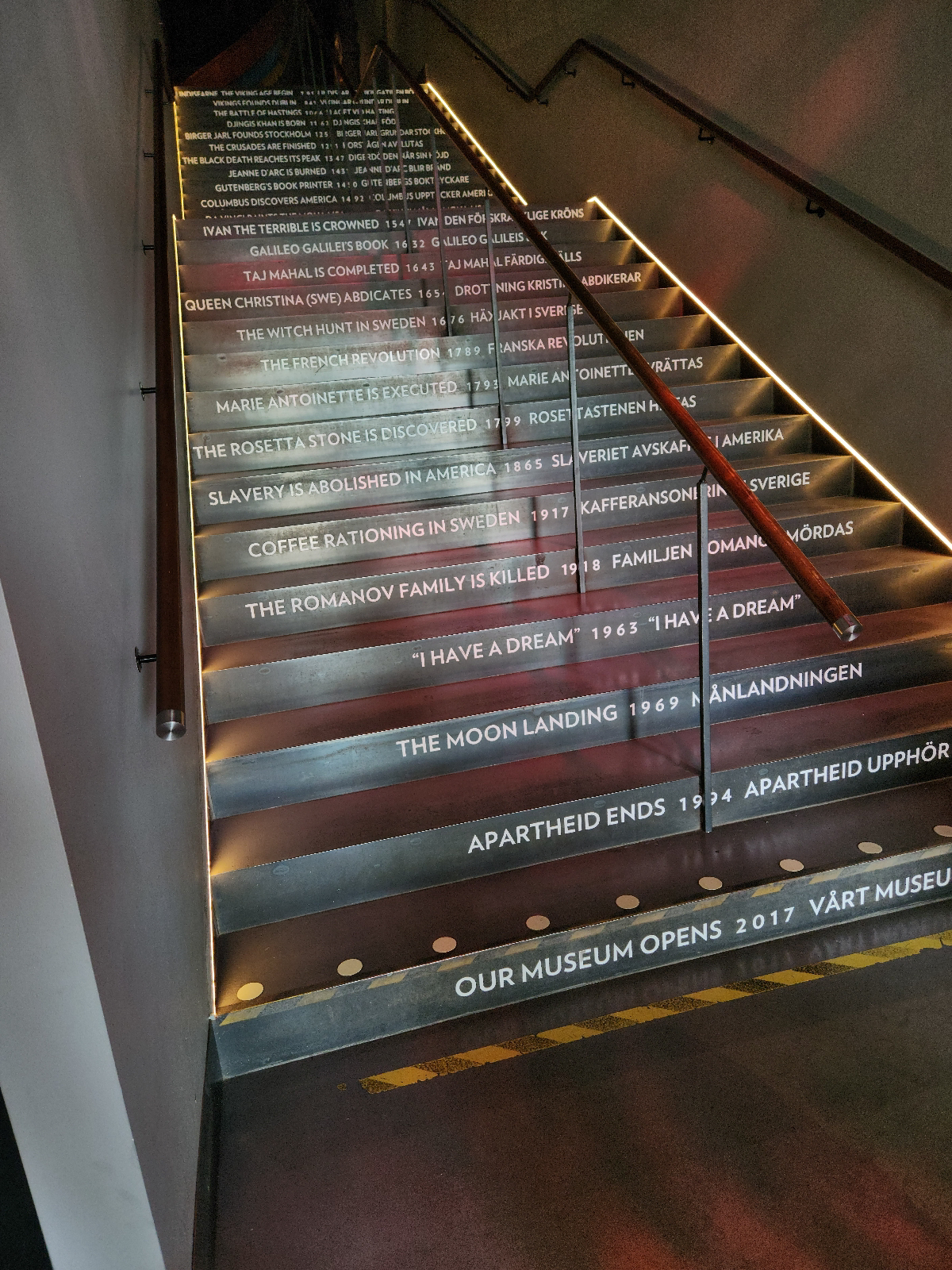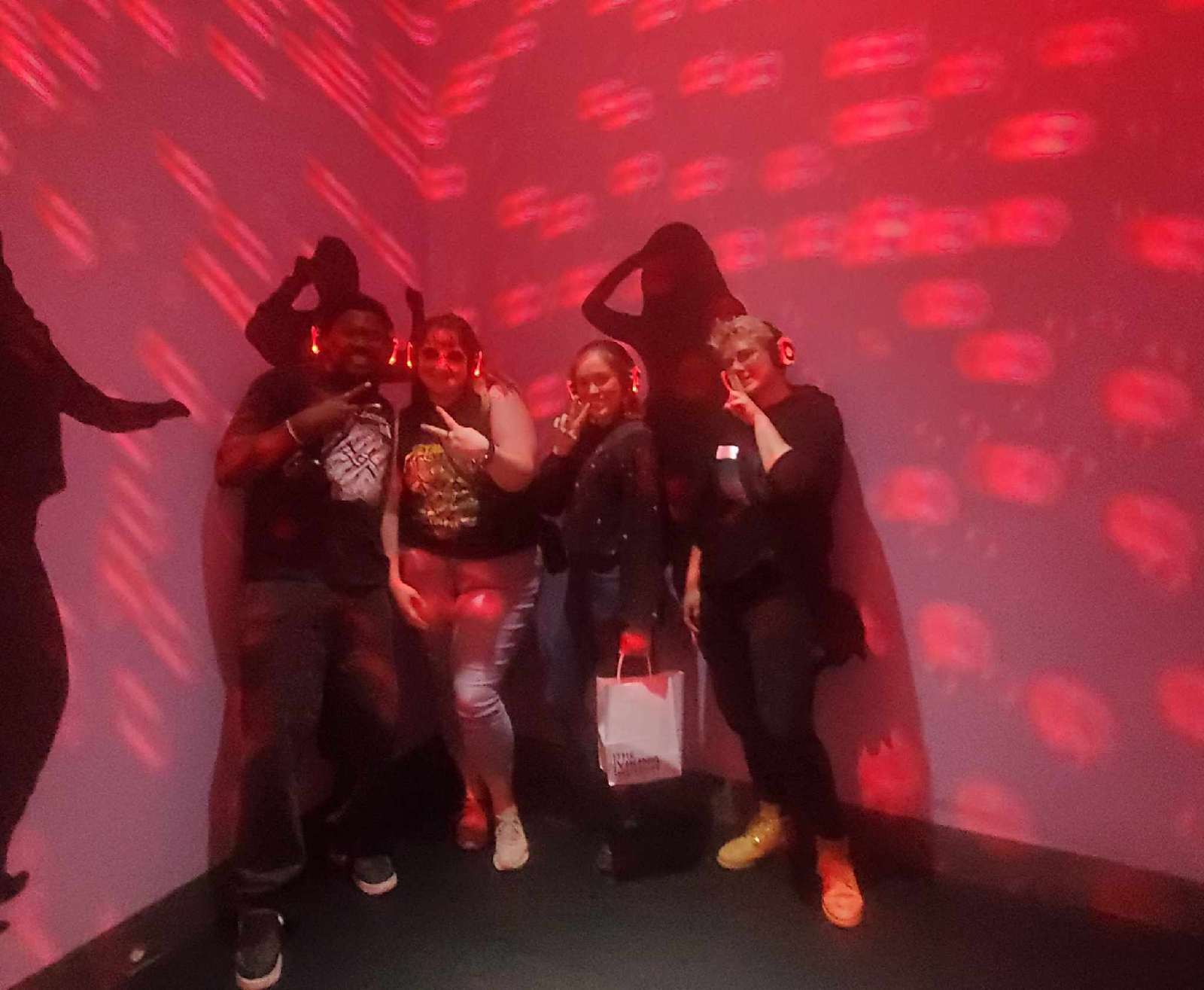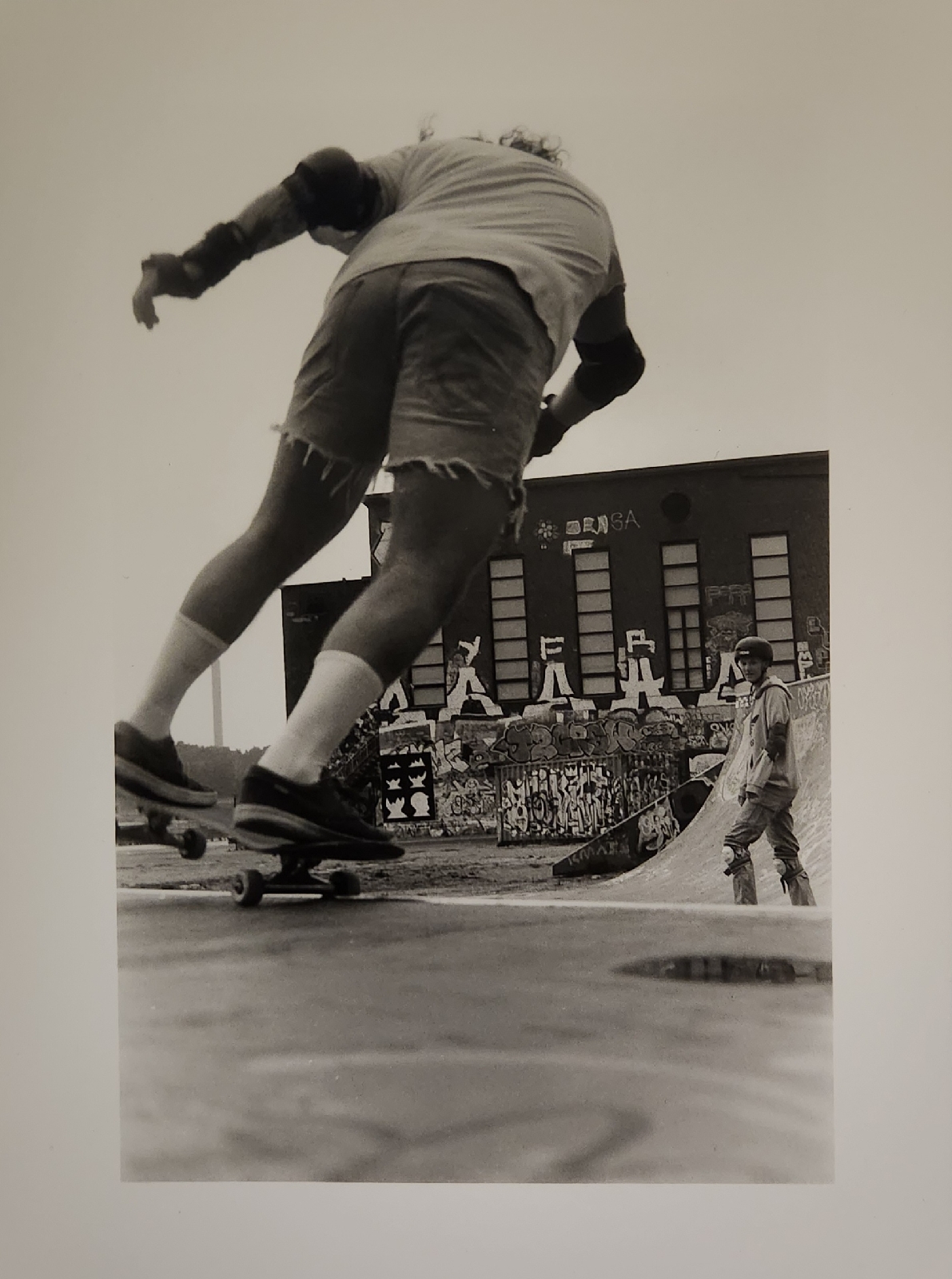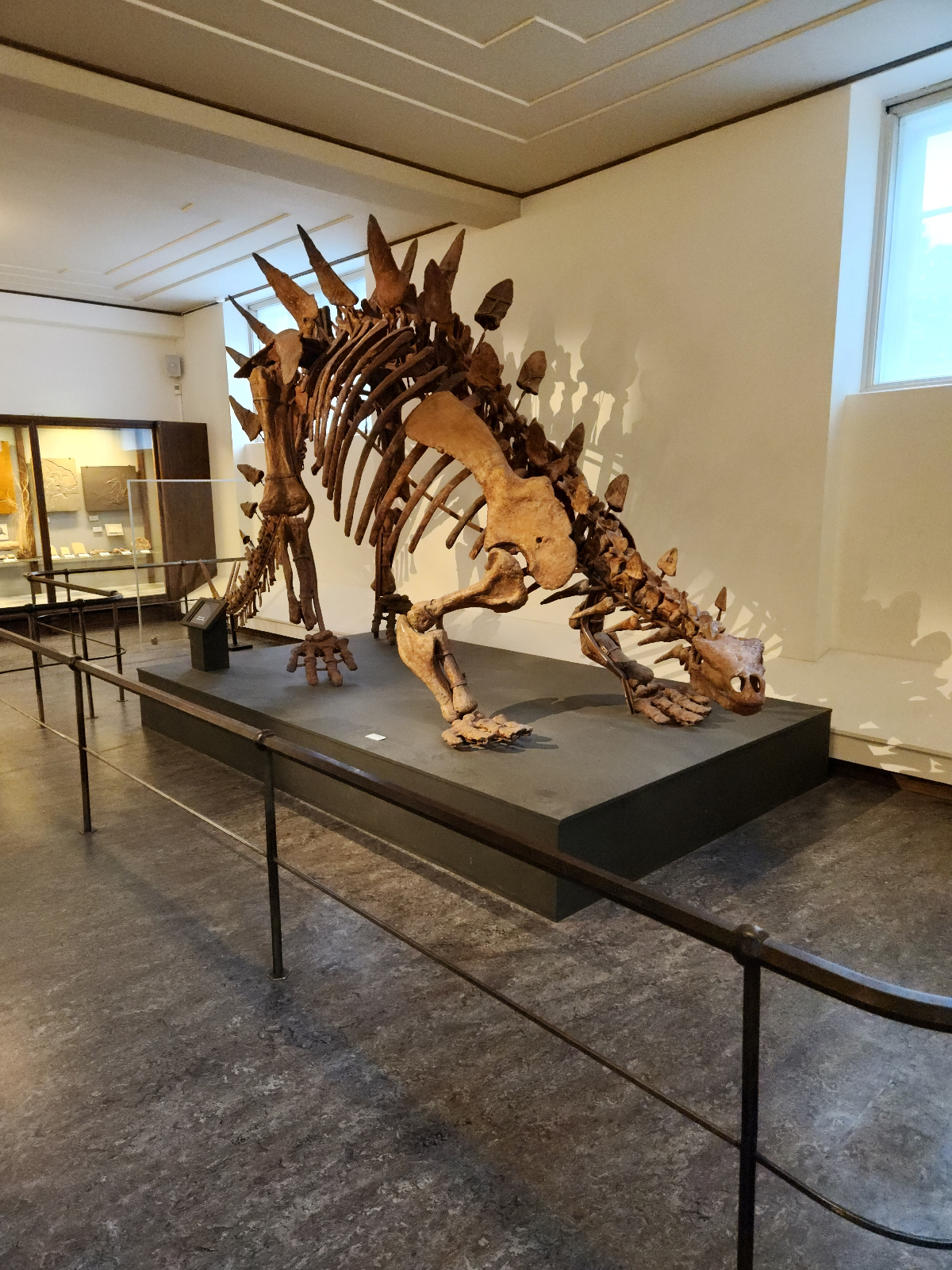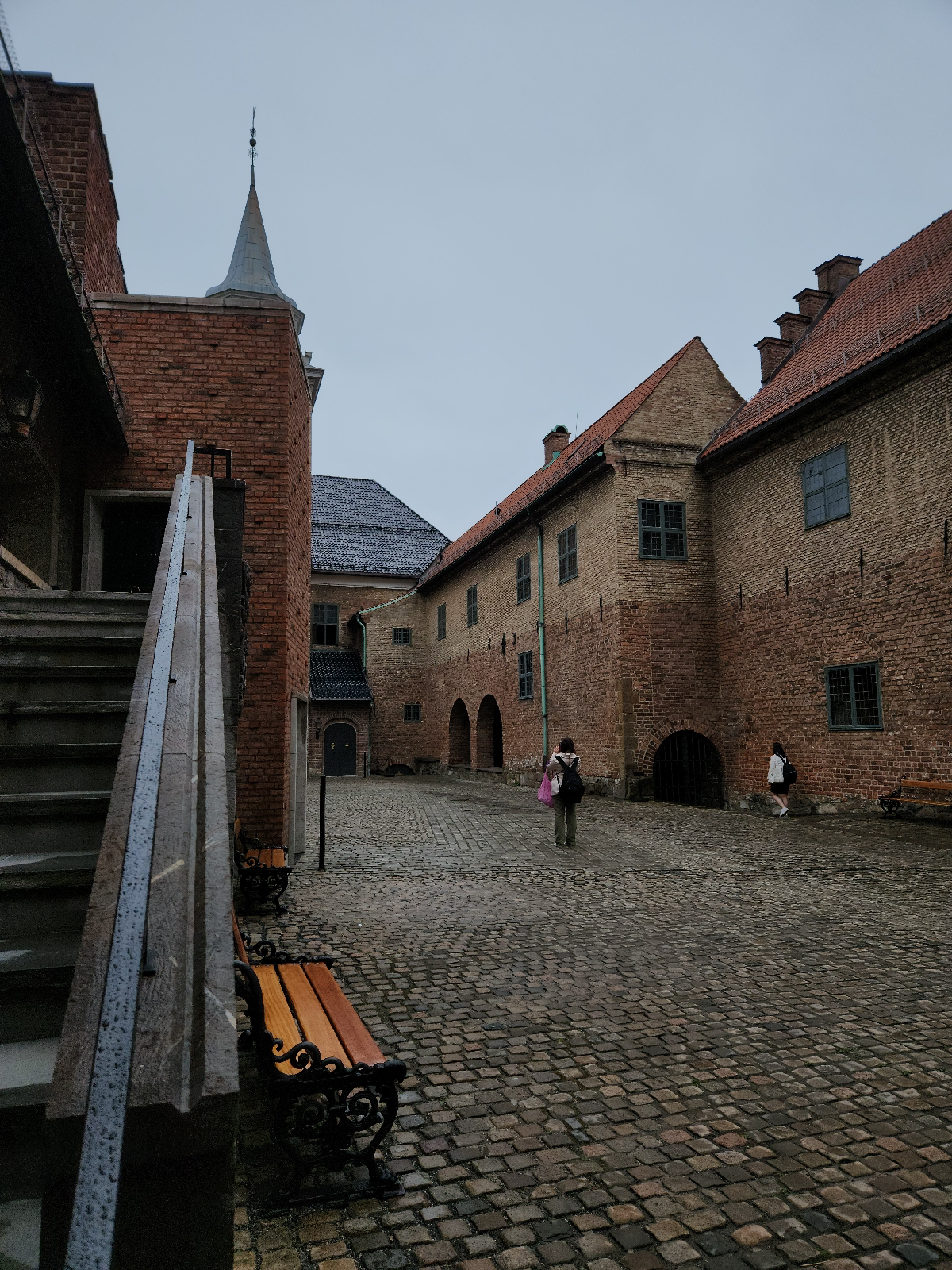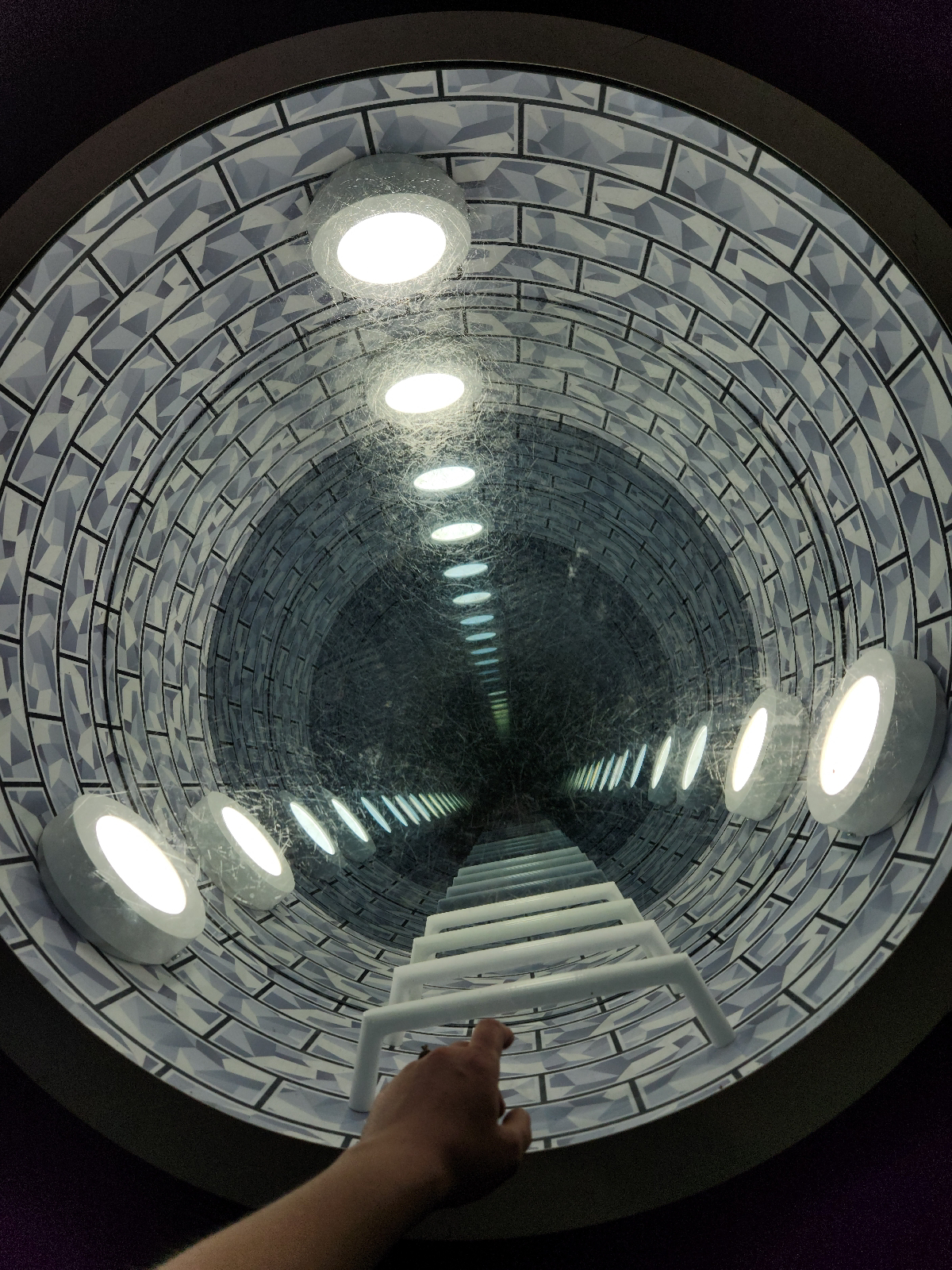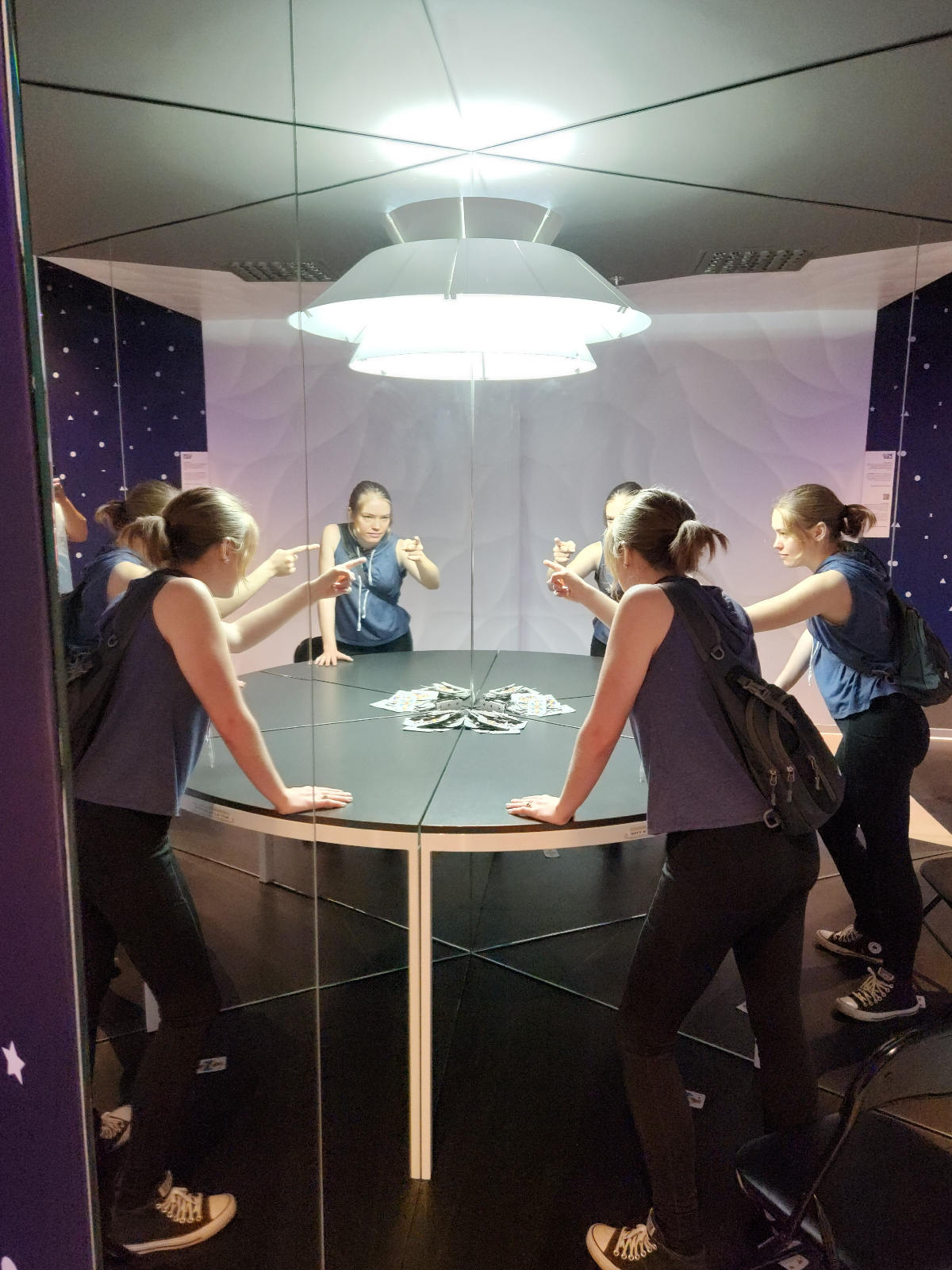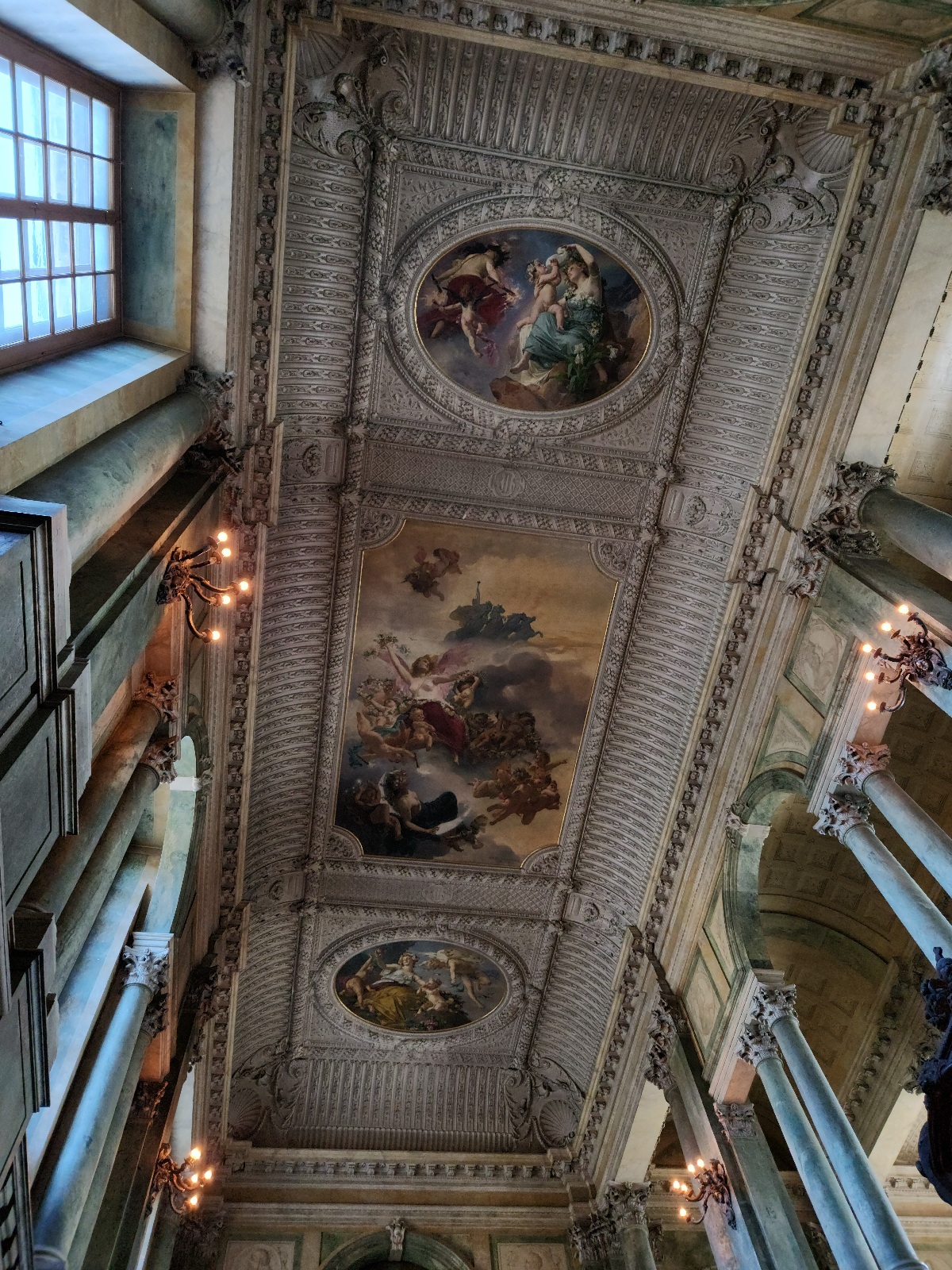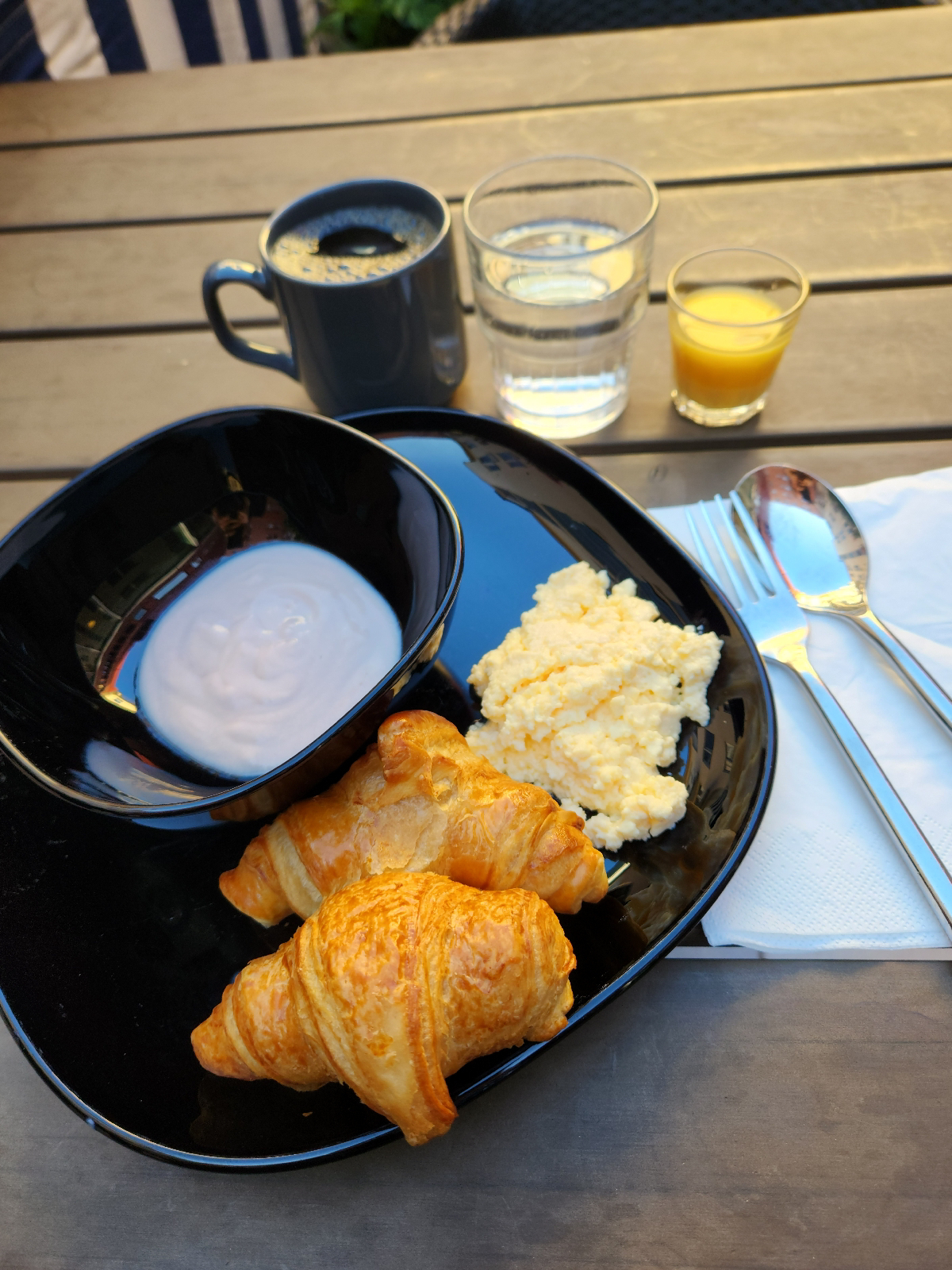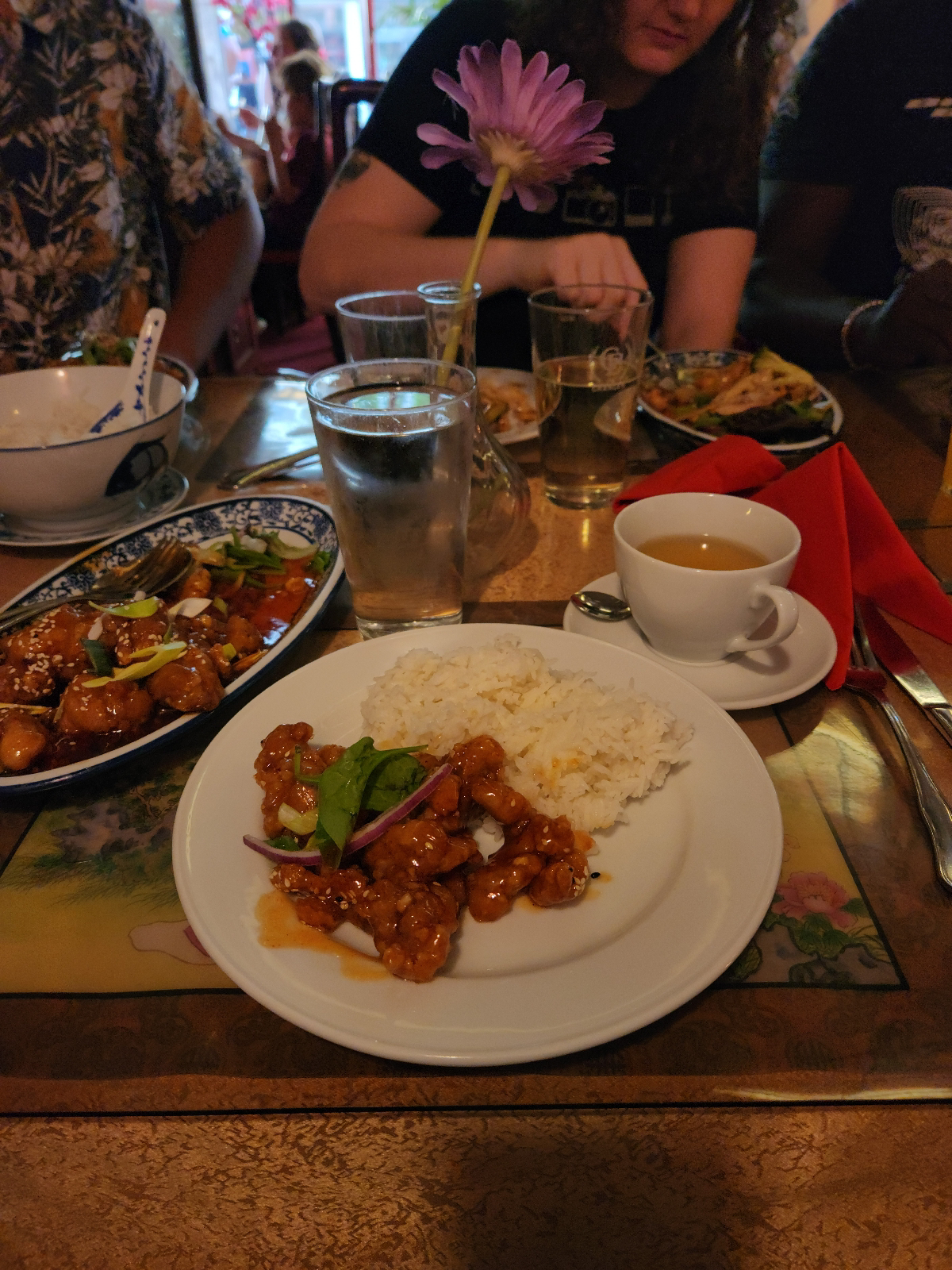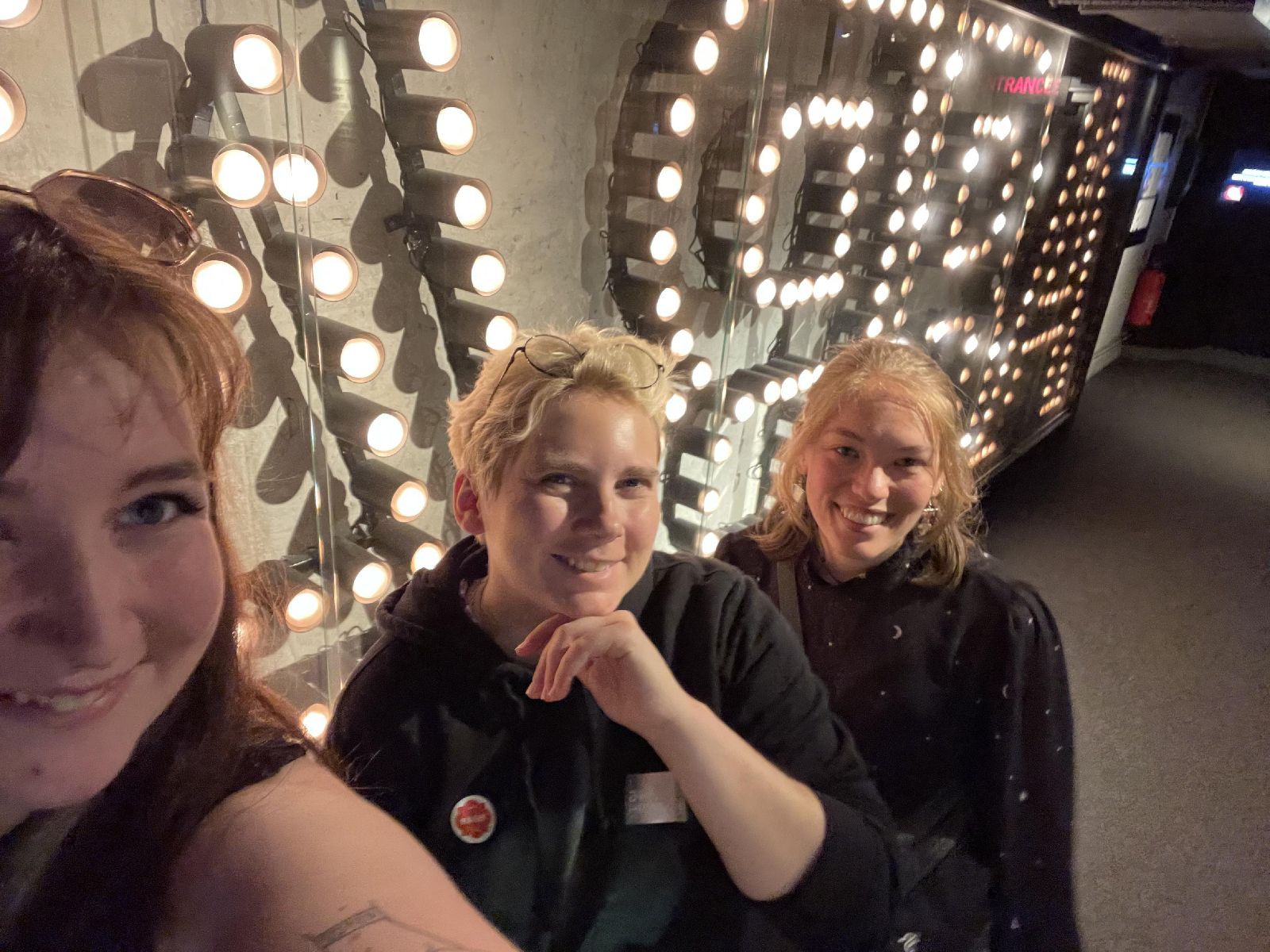Hello everyone! It's time to discuss our final trip to Stockholm, Sweden. Stockholm is the capital and largest city in Sweden, as well as the largest urban area in Scandinavia. Stockholm is a collection of fourteen islands that have been settled since the Stone Age. The city was founded in 1252 by Swedish statesman Birger Jarl. Stockholm is the economic, cultural, political, and media center of Sweden. We spent a good deal of time at Stockholm's core, the present day Old Town. Old Town is one of Europe's largest and best preserved medieval city centers. Downtown Stockholm was very similar to Hamburg, Germany. The city was very easy to navigate on foot, and when need arose, public transportation was easy to find and available for use with our GoCity passes. In Stockholm, we visited a little more diverse of a collection of areas. These include the Nordic Museum, the Museum of Spirits, the Viking Museum, the ABBA Museum, the Paradox Museum, and the Swedish Royal Palace. The areas we visited were all within walking distance of our hotel in downtown Stockholm. As I've mentioned before in my other reviews of former cities, I believe easy access to these places is a valuable cultural asset. Many museums allow children to enter for free and offer discounts for students. Stockholm, like other cities in Europe, has a great collection of cultural areas that benefits the population.
Our first museum, the Nordic Museum, is dedicated to the cultural and ethnographic history of Sweden, including the modern era. This museum had a collection of ceramics, textiles, graphic design works, and many other artworks. One of the interesting areas of this museum was the large collection of posters designed to promote tourism to Scandinavia throughout the 20th century.
Heikki Ahtiala, 1950.
Ben Blessum, 1937.
The following museum was the Museum of Spirits. Originally opened in 1967, this museum presents Sweden's wine and spirit history as well as the manufacture of alcohol. While we were there, there were also exhibits on experiencing drunkenness and hangovers. I found the large collection of art that focused on the Voda brand Absolut Vodka particularly interesting.
Absolut California, Charles Becker, 1991.
Absolut Lorenzo, Lorenzo Quinn, 1992.
Our next museum was just a short walk down the pier to the Viking Museum. I found it interesting that they offered free entry to refugees. This museum had a collection of artifacts from the Viking era, which ranged from 793 to 1066. The museum also had a ride that followed the life of a noble family during a specific period of time. This museum also had a neat section dedicated to the appearance of Vikings in modern culture and debunking popular myths regarding Viking culture and lifestyle. Something to note for anyone who doesn't know, "Viking" is an occupation, not an ethnicity. It often becomes overlapped in western depictions, but to be a Viking was a job.
The next museum, and final one for that day, was the ABBA museum. I really enjoyed this one, though it was not on our pass and also not cheap to enter. This museum had an in depth collection of all things ABBA and even had some fan-made artworks displayed. I liked the numerous interactive exhibits, including the silent disco. You choose a headphone set and you have three channels to choose from with corresponding colors red, green, and blue. Anyone with that color is listening to the same song. It was a fun way for everyone to dance and have fun to some ABBA music without clashing different tempos. I was also interested to see the inner workings of the ABBA Voyage holograms. Motion capture technology was used to capture the ABBA member's every expression and mannerisms in order to replicate them in holographic form in the image of their younger years. I think motion capture is fascinating, and I really enjoyed watching the process as they brought ABBA from the seventies and eighties into 2023.
The next day, we started with the Paradox Museum. This is an interactive, experienced based museum with over seventy exhibits designed to trick your brain. This museum had a collection of optical illusions as well as clever mirror placements to keep your brain guessing.
Next, we visited the Swedish Royal Palace. Our visit happened to co-align with the changing of the guard. It was cool to see the parade and fanfare and see how their changing of the guard differed from those in the United States. This was our third and final castle of the trip and the biggest, by far. The first building on the site was a building with a fortress constructed by Birger Jar in the 13th century. The modern palace was designed by Nicodemus Tessin the Younger. Due to war and other complications, the palace was not ready to use until 1754, and interior work proceeded until the 1770s. The interior of the palace contains 1,430 rooms. The royal guards have protected the palace and the royals since 1523. the palace, unsurprisingly, was opulent. I was most impressed by Charles XI gallery in the state apartments. This is a long corridor with Intricate murals painted along the ceilings and, at least, six chandeliers.
Although we did not visit another museum or historical building, the end of the trip did involve a boat tour on one of the many waterways in the city center. I think Stockholm was the perfect ending to this trip, and a satisfying culmination of all of the cities we had visited so far. Stockholm is walkable and diverse in its collection of art, history, and culture. Previously, Hamburg had been at the top of my list for my favorite location. However, Stockholm easily takes first place. It could be "final days" nostalgia, but I like to think Stockholm was truly the best city we visited. The city is beautiful, both in its location and in the colorful architecture of every building, old and new. Old Town also adds a fun, almost homey feel to the trip. Walking through Old Town reminded me a lot of New Orleans and a little bit of Joplin Missouri's Third Thursday events. I found I love the look of cobblestone, and so long as it isn't slippery outside, I also enjoyed walking on it. I loved Stockholm, Sweden and I am glad it was our final destination.

